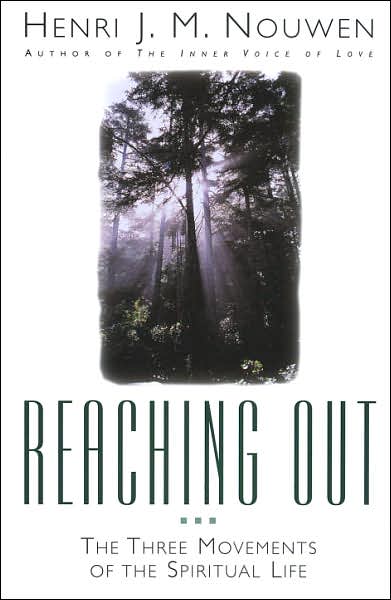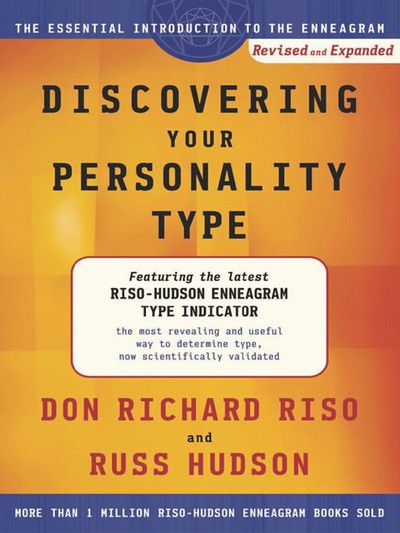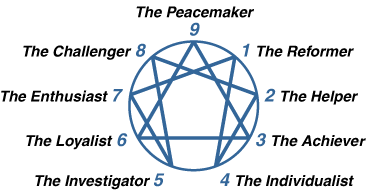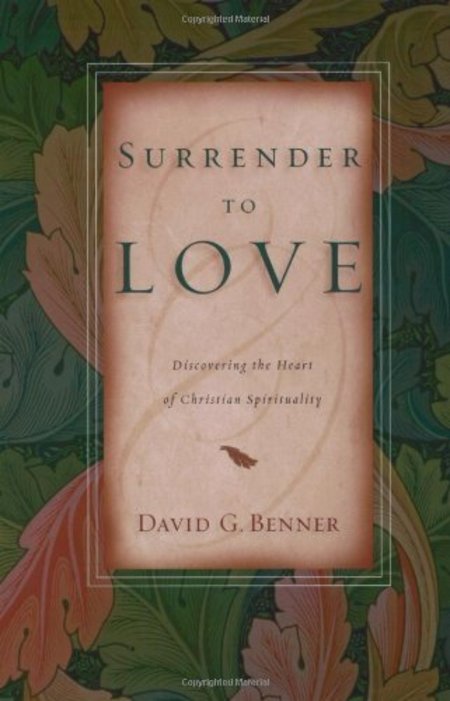
Navel Gazers
The ancient Greeks are known for their philosophy – almost any idea can be traced, or connected in some way, to the preserved writings of their famous thinkers. The phrase in the title, “Know Thyself,” or γνῶθι σεαυτόν in Greek, is a well-known aphorism, attributed to various ancient philosophers, but famously expounded by Socrates, who concluded, “the unexamined life is not worth living.”
While this idea may sound like self-absorbed navel-gazing to a Christian, the value of introspection is  not foreign to Biblical and later Christian writers. For example, King David’s words in Psalm 139:23-24 are still repeated by Christians today, as part of what is called the Prayer of Examen:
not foreign to Biblical and later Christian writers. For example, King David’s words in Psalm 139:23-24 are still repeated by Christians today, as part of what is called the Prayer of Examen:
Search me, God, and know my heart;
test me and know my anxious thoughts.
See if there is any offensive way in me,
and lead me in the way everlasting.
Such a prayer makes it clear that, while a Christian’s primary pursuit would be to know God (Philippians 3:8-10), a healthy and reciprocal relationship with our Creator will involve learning about ourselves from the One Who knows us best. Perhaps the greatest example of this in later Christian writings would be Augustine of Hippo, who practically invented the genre of autobiography. After his long search for meaning and truth brought him back to the faith of his childhood, he confessed:

For see, thou wast within and I was without, and I sought thee out there.
Unlovely, I rushed heedlessly among the lovely things thou hast made. Thou wast with me, but I was not with thee. (Confessions)
Centuries later, Paul wrote to the Roman church, instructing them on the essential beliefs of the Christian faith. Then, he closes his letter with practical instructions on how to get along and function in relationship to one another:
For by the grace given me I say to every one of you: Do not think of yourself more highly than you ought, but rather think of yourself with sober judgment, in accordance with the faith God has distributed to each of you. For just as each of us has one body with many members, and these members do not all have the same function, so in Christ we, though many, form one body, and each member belongs to all the others. We have different gifts, according to the grace given to each of us. (Romans 12:3-6).
For Paul, a self-awareness of one’s personal identity in Christ, and of one’s personal gifting, is crucial for healthy participation in Christ’s community. While many later writers have built on this idea, one notable example from recent times would be Henri Nouwen. In his book, Reaching Out, he argues that one must come to peace within themselves in order to reach out to others: 
It is there that our changing relationship to ourself can be brought to fruition in an ever-changing relationship to our fellow human beings. It is there that our reaching out to our innermost being can lead to a reaching out to the many strangers whom we meet on our way through life (65).
Again, one last time, this idea should not lead to self-absorption. For Paul, knowing one’s unique gifting comes after surrendering oneself to be transformed by God and conformed to His will (Romans 12:1-2). It is in relation to God that we find our true selves. Jesus states, even clearer, that we must give up our lives in order to truly gain them (Luke 9:24) As C.S. Lewis states in Mere Christianity,

But there must be a real giving up of the self. You must throw it away “blindly” so to speak. Christ will indeed give you a real personality: but you must not go to Him for the sake of that. As long as your own personality is what you are bothering about you are not going to Him at all. The very first step is to try to forget about the self altogether. Your real, new self (which is Christ’s and also yours, and yours just because it is His) will not come as long as you are looking for it. It will come when you are looking for Him…Keep back nothing. Nothing that you have not given away will be really yours. Nothing in you that has not died will ever be raised from the dead. Look for yourself, and you will find in the long run only hatred, loneliness, despair, rage, ruin, and decay. But look for Christ and you will find Him, and with Him everything else thrown in.
So, as we proceed to explore the Enneagram, may we do so with an attitude of openness to God, joining David in saying, “search me, O God.”
The Enneagram
I recently finished reading Discovering Your Personality Type: The Essential Introduction to the Enneagram by Riso and Hudson.
As the title indicates, this would be a good first book for anyone wanting to learn about this fascinating and useful personality indicator. It contains introductory materials, a 144-question survey to indicate your type, an explanation of each of the 9 types, and some guidelines of interpretation.
As with any good personality indicator, the results should seem intuitive. This test should put into words what a person already feels and observes. And, equally important, it should give language to what we observe in others. The enneagram has become widely used in business circles, counseling, and faith communities in order to gain insight into our personal, relational, and spiritual dynamics.
 Underlying the mechanics of the enneagram is a belief that everyone has a basic type. While nurturing factors can affect the way that we develop, relate, and act outwardly, there is an assumption that, deep down, we all have an inborn nature that affects the way we experience life. As far as this paradigm is concerned, our “type” is irrespective of gender, ethnicity, or season of life. Rather, those external factors may affect other aspects of the enneagram. No type is better than another; rather, each type has its own corresponding vices, fears, and levels of health.
Underlying the mechanics of the enneagram is a belief that everyone has a basic type. While nurturing factors can affect the way that we develop, relate, and act outwardly, there is an assumption that, deep down, we all have an inborn nature that affects the way we experience life. As far as this paradigm is concerned, our “type” is irrespective of gender, ethnicity, or season of life. Rather, those external factors may affect other aspects of the enneagram. No type is better than another; rather, each type has its own corresponding vices, fears, and levels of health.

While many personality paradigms present binary choices, and simply provide people with a static label, the
enneagram is more dynamic.
First, rather than binary, it is tertiary. All people are divided into one of three triads, based on their “centre of consciousness:” thinking, feeling, or instinctive (gut). These three categories essentially express how people make decisions. Then,  within each triad are three sub-sections: one assertive, one dutiful, and one withdrawn. The result is that each person has two characteristics, assigning them one of nine basic types. There are additional levels that psychologists have added, further dividing each type again.
within each triad are three sub-sections: one assertive, one dutiful, and one withdrawn. The result is that each person has two characteristics, assigning them one of nine basic types. There are additional levels that psychologists have added, further dividing each type again.
Perhaps most uniquely, the enneagram is dynamic. Not only does a person stand solidly within their “basic type;” but there is also conditional movement between the types. When a person is stressed, they tend to act like a specific other type; when they are secure, they tend to act like another type. People also tend to have a “wing,” or secondary type that is adjacent to their main one.  Thus, the enneagram accounts for the diversity we experience, and provides an explanation for human development and regression when experiencing consolation and desolation.
Thus, the enneagram accounts for the diversity we experience, and provides an explanation for human development and regression when experiencing consolation and desolation.
In short, the enneagram explains a lot. And the more familiar one becomes with it, the more insight one can gain into personal, relational, and spiritual dynamics. We can gain language to explain why we feel, think and do things, why we clash with certain people, and what wholeness and health looks like for us and others. The enneagram does not rank types in comparison to each other, but provides a framework for seeking maximum health within one’s own type.
So, if you are curious to explore your personality dynamics further,
or if you are inclined to openly approach God as David did in Psalm 139,
or if you are ready to heed Christ’s call to turn your life over to Him for transformation, consider using the enneagram as a practical tool!
 the Heart of Christian Spirituality
the Heart of Christian Spirituality

 not foreign to Biblical and later Christian writers. For example, King David’s words in Psalm 139:23-24 are still repeated by Christians today, as part of what is called the Prayer of Examen:
not foreign to Biblical and later Christian writers. For example, King David’s words in Psalm 139:23-24 are still repeated by Christians today, as part of what is called the Prayer of Examen:



 Underlying the mechanics of the enneagram is a belief that everyone has a basic type. While nurturing factors can affect the way that we develop, relate, and act outwardly, there is an assumption that, deep down, we all have an inborn nature that affects the way we experience life. As far as this paradigm is concerned, our “type” is irrespective of gender, ethnicity, or season of life. Rather, those external factors may affect other aspects of the enneagram. No type is better than another; rather, each type has its own corresponding vices, fears, and levels of health.
Underlying the mechanics of the enneagram is a belief that everyone has a basic type. While nurturing factors can affect the way that we develop, relate, and act outwardly, there is an assumption that, deep down, we all have an inborn nature that affects the way we experience life. As far as this paradigm is concerned, our “type” is irrespective of gender, ethnicity, or season of life. Rather, those external factors may affect other aspects of the enneagram. No type is better than another; rather, each type has its own corresponding vices, fears, and levels of health.
 within each triad are three sub-sections: one assertive, one dutiful, and one withdrawn. The result is that each person has two characteristics, assigning them one of nine basic types. There are additional levels that psychologists have added, further dividing each type again.
within each triad are three sub-sections: one assertive, one dutiful, and one withdrawn. The result is that each person has two characteristics, assigning them one of nine basic types. There are additional levels that psychologists have added, further dividing each type again. Thus, the enneagram accounts for the diversity we experience, and provides an explanation for human development and regression when experiencing consolation and desolation.
Thus, the enneagram accounts for the diversity we experience, and provides an explanation for human development and regression when experiencing consolation and desolation.